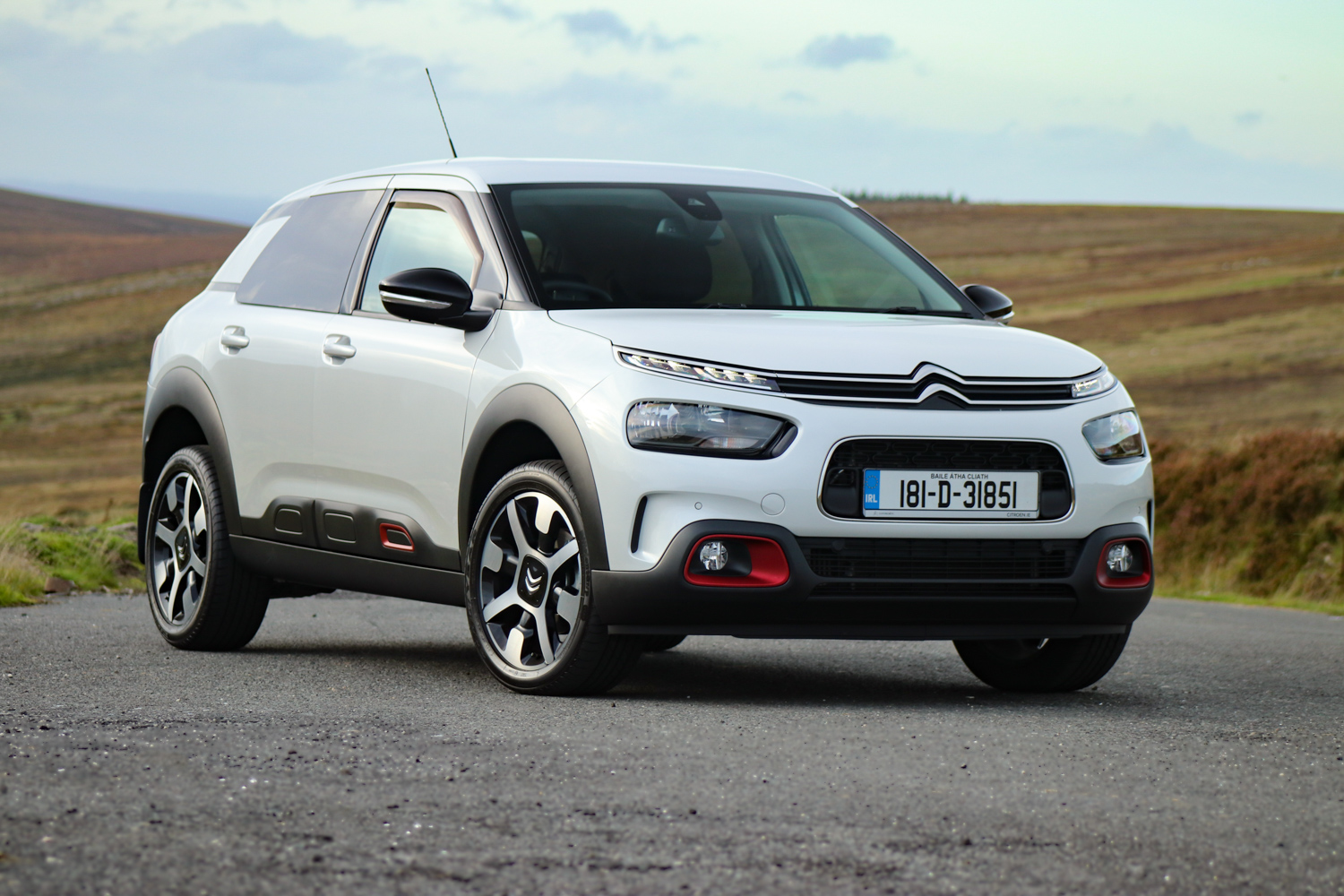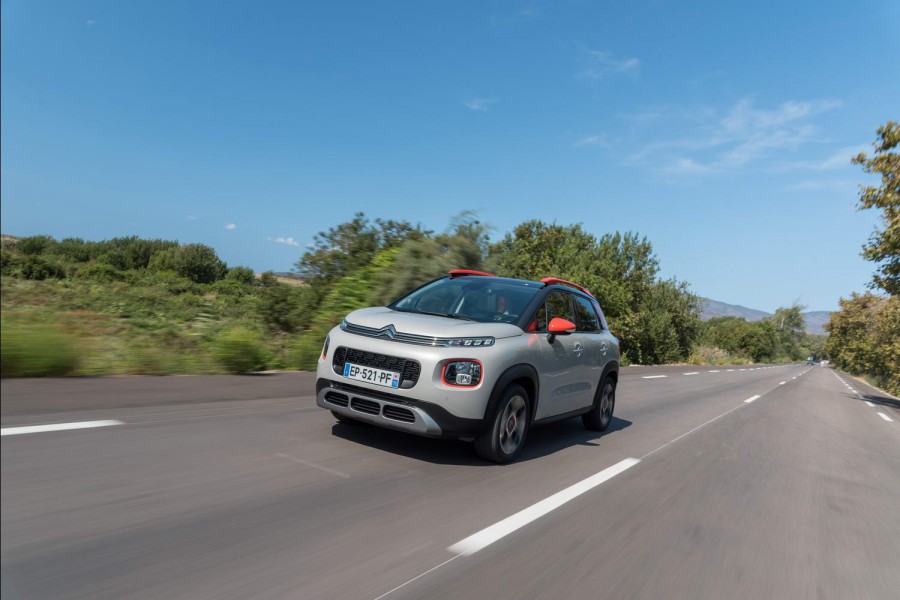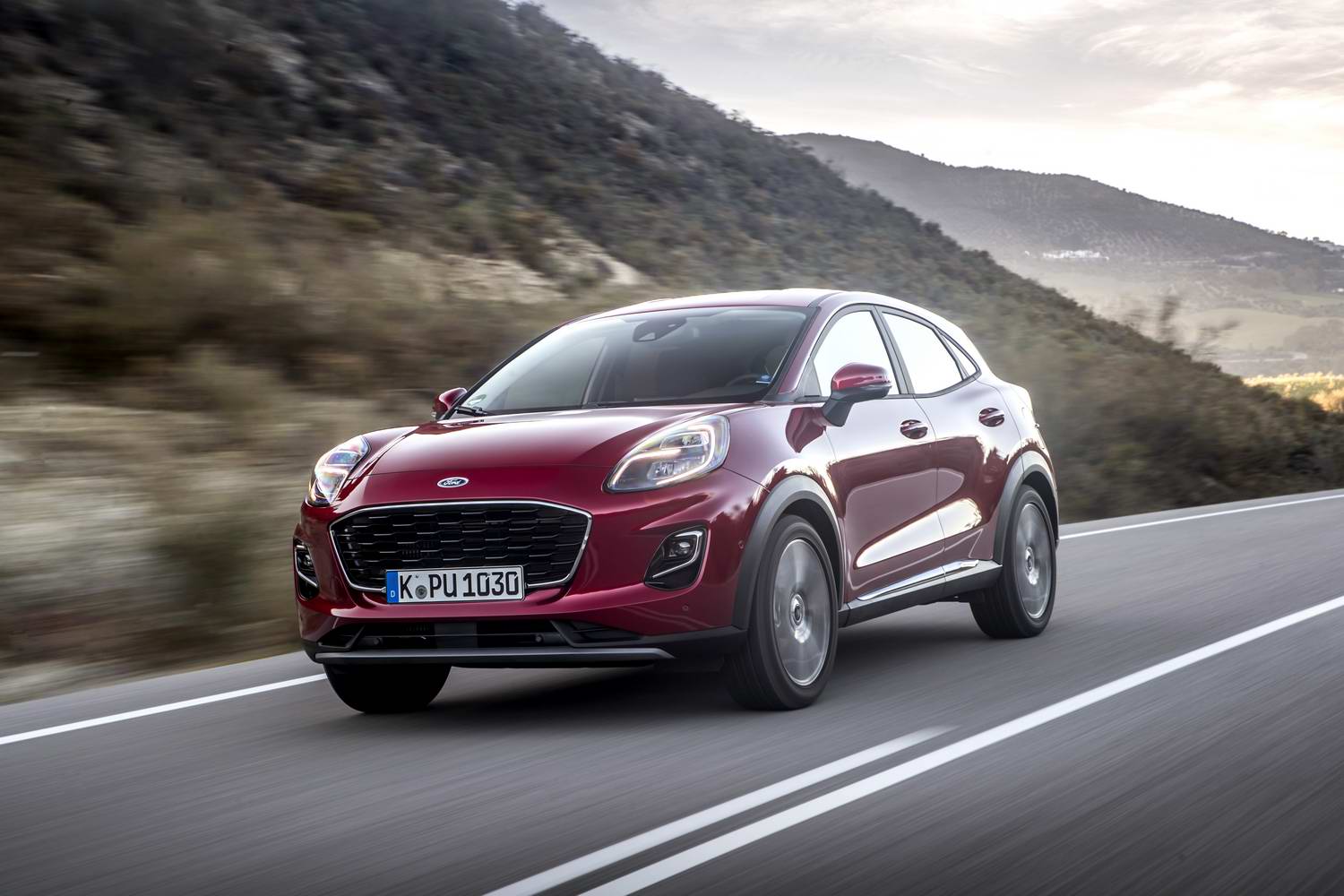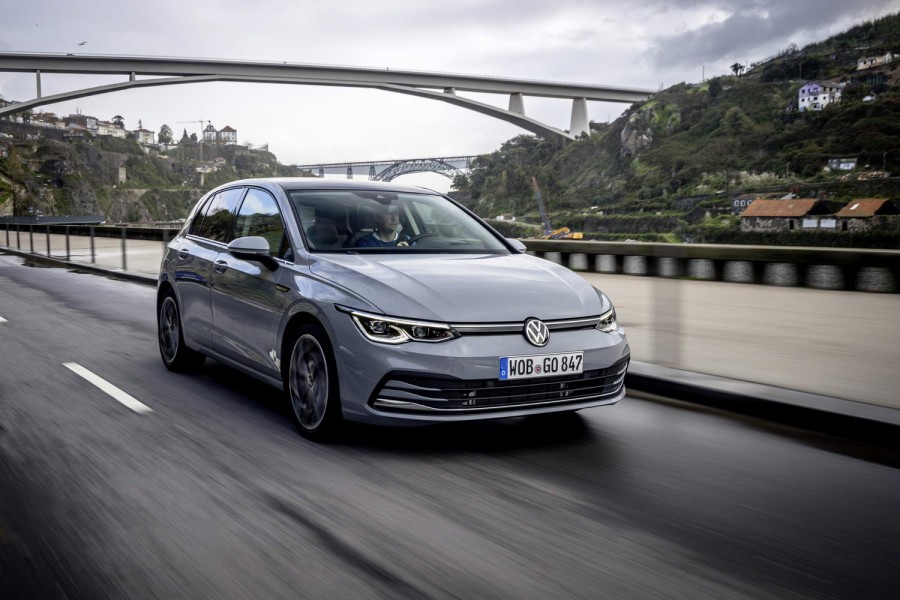What are you driving?
I'm driving a car that has changed its mind. You see, when the Citroen C4 Cactus was originally launched, it was - technically - a compact crossover. Hence the Cactus name, which was meant to invoke ideas of desert horizons, and the fact that (like a real cactus) the little Citroen could get by with minimal fluids (petrol, in this case). The Cactus nomenclature was also supposed to be Citroen's big new idea at the time. Again, taking inspiration from nature, the plan was for it to be cheap to buy (originally, the most basic model was barely any more expensive than a Dacia Duster), cheap to lease and cheap to run.
Well, that has all changed now, and the Citroen C4 Cactus is supposed to be much more conventional, much more mainstream. In fact, Citroen now reckons that its natural rivals are not the rest of the small crossovers that have flooded the market (leave them to the newer C3 Aircross), but the likes of the VW Golf, Ford Focus and Toyota Corolla. That's right, the C4 Cactus is now, supposedly, a conventional five-door family hatchback.
To try to manage that switcheroo, it has become a little more plain in its styling, albeit not entirely so; this is a Citroen after all, and with that rounded snout and the distinctive double-chevron badging you couldn't mistake it for anything else. The 'Airbump' door protectors have become rather more subtle, though, and have moved from the centre of the door panel to the bottom edges of the doors. That's a bit of a shame - we rather liked their previous distinctiveness.
Mechanical sophistication has increased, though, and the C4 Cactus was one of the first Citroens to get the company's new Advanced Comfort suspension setups. This uses 'progressive hydraulic cushions' instead of old-fashioned rubber bump-stops, so that, in extremis, instead of having the dampers clatter into the tops of the turrets, they are gently slowed down by pressing into an oil-filled chamber. Citroen reckons that this allows the suspension settings to be much less stiff, but without the penalty of too sudden a transition to the bump-stop and rebound motion.
Name its best bits
The good news is that all of this works pretty well. It's true that, to be honest, we'd like to have seen the suspension set even softer - you don't really feel the true benefits of the hydraulic cushions until you're pushing the suspension to its limits, which is rarely done, but the overall effect is pleasant. The Cactus lopes along in a very French manner, entirely befitting of its heritage.
That's backed up by new seats, which use a mixture of foams of varying thickness and stiffness to create, theoretically, sofa-like comfort with proper supportiveness for long journeys. They really are very comfy seats, and they look great too, but there is a drawback - if you're tall, having them on the lowest height setting means that the leading edge of the cushion is set a bit too high, which can cut into the backs of your thighs on a long journey.
The rest of the cabin is a bit of a success, though. Overall quality is actually very decent, and the quirky design affectations of the first-generation C4 Cactus are carried over - such as the fact that the passenger side of the dash, and the lid of the glovebox, is designed to look like an old-fashioned suitcase. The door pulls, too, are meant to look like they're from a piece of luggage, rather than being mere plastic handles.
The PureTech 1.2-litre turbo petrol engine is a gem, as well. It sounds great when you accelerate (warbling with a lovely three-cylinder sound) and has plenty of punch. It's also very economical, which is a relief when you've been exploiting its turbocharged thump.
Standard equipment is good too; you get 17-inch alloys, privacy glass at the rear, lots of safety kit including driver attention warning and lane departure warning, a seven-inch touchscreen, an Arkamys sound system, satnav and keyless entry.
Anything that bugs you?
The problem is that Citroen has tried to push the C4 Cactus too far above its station. When it was a quirky and affordable small crossover, it was appealing and different. Now that it's much more expensive (€24k for the cheapest, albeit well-equipped, model) and up against the likes of the Focus, Golf and Corolla, it doesn't really stand a chance.
Things that were minor irritants before (tight rear legroom, rear windows that pop-out rather than wind down, the small boot, the fiddly infotainment system) stand out now as glaring faults. Plus, it's just too light in its steering and too distant in its chassis responses to compete with its more conventional rivals. A Corolla has it massively beaten, in driver appeal terms. A Focus massacres it. Both, and the Golf, are much more practical.
And why have you given it this rating?
Those faults, and the fact that, across the floor of any Citroen showroom, sits the much more polished C3 and C3 Aircross, mean that the C4 Cactus is rather left swinging in the breeze. It just can't compete with the likes of the Golf, Focus and Corolla, and Citroen was foolish to think that it could. Make it more affordable again, and pitch it against small crossovers, and its strengths would shine through - that distinctive styling, the comfort levels, the sweet engine, the clever suspension, and its pleasant attempts to provide something different than the norm.
What do the rest of the team think?
I agree with Neil's summation for the most part here. I really liked the first iteration of the C4 Cactus, with its quirky roof bars and Airbumps, but Citroen has, it seems, tried to give the exterior more widespread appeal, in the process losing a lot of its personality. Thankfully the interior is relatively unchanged, even if it is compromised in the rear. I'm not as convinced by the suspension as Neil is, but it is undeniably comfortable. And the engine is indeed a cracker. Still, the car needs to be cheaper to have any chance of success in Ireland.
Shane O'Donoghue - Editor





































